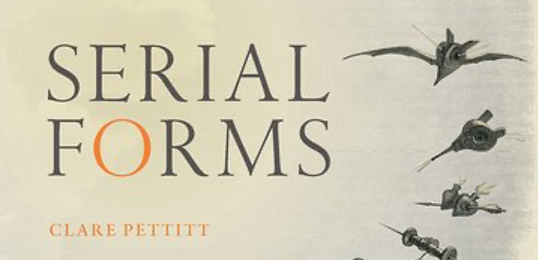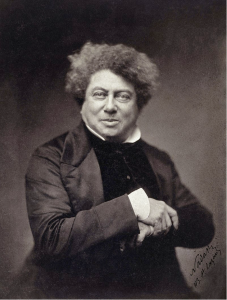Category: Insights
Serial Forms

By Clare Pettitt, Professor of Nineteenth-Century Literature and Culture at King’s College London
The 5th of June 1846 was a boiling hot day. It was so hot that Elizabeth Barrett, soon to become Elizabeth Barrett Browning, ‘could do nothing but lie on the sofa and drink lemonade and read Monte Cristo’. She wrote to Robert Browning that she had started ‘“Le Comte de Monte Cristo,” the new book by Dumas, (observe how I waste my time . . .) & really he amuses me . . . six volumes I am glad to see.’ She was not alone: Dumas’s newspaper novel, The Count of Monte Cristo, was everywhere that year. It was running in various languages in serial magazines and abridged in the cheap penny papers across Europe and America. Ralph Waldo Emerson remembered “falling back” on long serial novels by Dumas and Dickens on his voyage to Europe from America in 1847. Dickens’s new novel Dombey and Son was coming out between October 1846 and April 1848 and was eagerly consumed by the literate and semi-literate alike. In the 1840s, then, the print serial had begun to cross languages, countries, classes, and genders. The form was creating new international readerships and a new rhythm of reading.


Ruth Padel, Professor of Poetry at King’s College London reads from her poem ‘Still Life with a Map of the World Outside the Window’ from the new anthology Staying Human: New poems for Staying Alive, edited by Neil Astley and published by Bloodaxe Books.

 By Numa Qureshi
By Numa Qureshi
This post is part of The LION Series from the Freshers’ Magazine Takeover. Each post this week features a snippet from an article in The LION Magazine 2020/21 Issue 1.
The LION magazine is written by third-year King’s students, all of whom have recently completed their BA English degrees.
The magazine helps first-year students in the English Department transition into university life.
Today’s article is by Numa, a final-year English BA student at King’s College London who is hoping for a career in marketing.

 By Rehma H
By Rehma H
This post is part of The LION Series from the Freshers’ Magazine Takeover. Each post this week features a snippet from an article in The LION Magazine 2020/21 Issue 1.
The LION magazine is written by third-year King’s students, all of whom have recently completed their BA English degrees.
The magazine helps first-year students in the English Department transition into university life.
